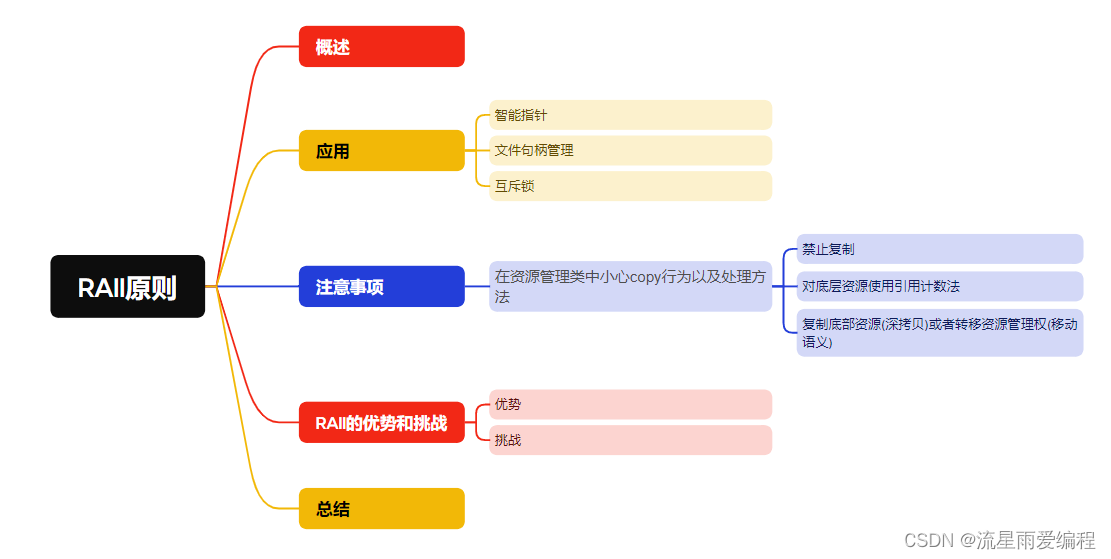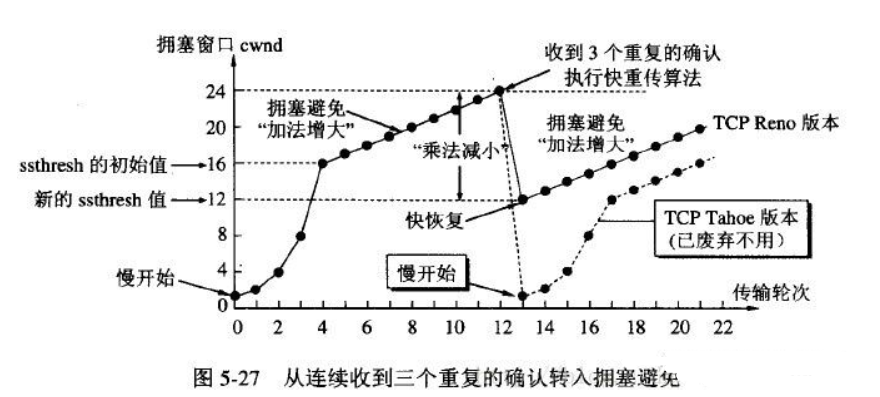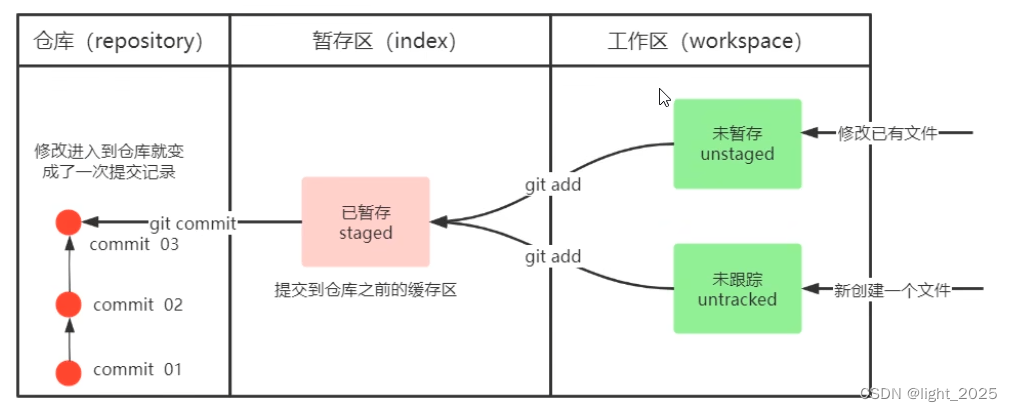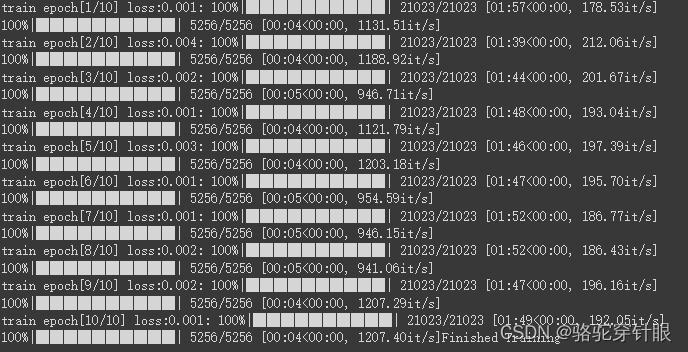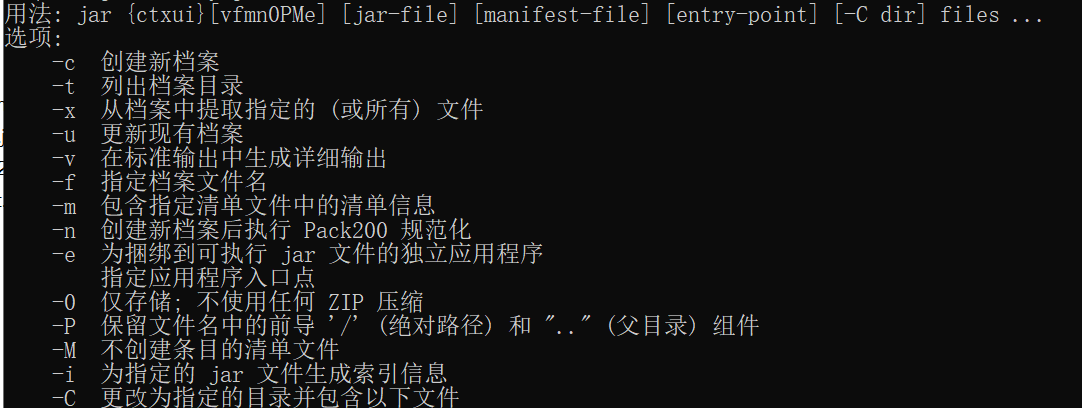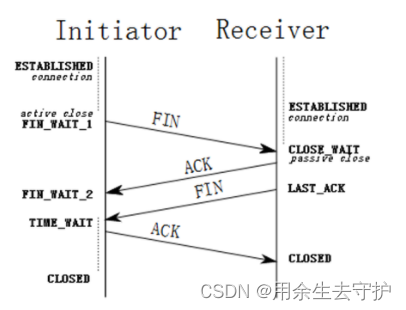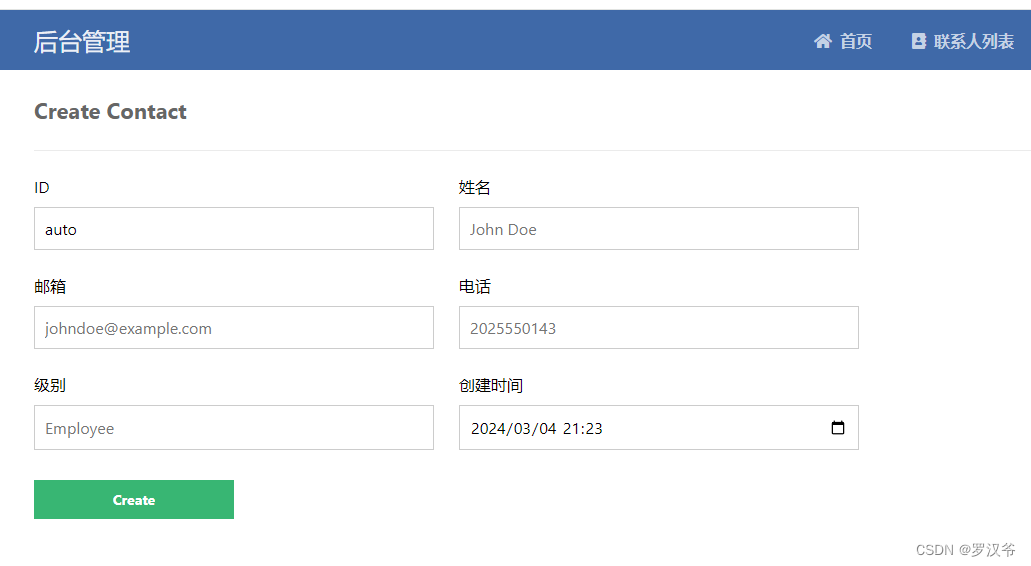ControlNet核心基础知识
文章目录
- 一、环境配置和安装需要使用的库
- 二、准备数据及相关模型
- 三、参照样例编写代码
- (一)导入相关库
- (二)准备数据(以知名画作《戴珍珠耳环的少女》为例)
- (三)将这张图片交给Canny Edge边缘提取器进行预处理
- (四)图像生成
- 四、完整代码
一、环境配置和安装需要使用的库
1.创建并激活环境
conda create -n controlnet python=3.8
conda activate controlnet
2.安装需要的库
pip install opencv-python transformers accelerate
pip install diffusers
pip install xformers
二、准备数据及相关模型
- 下载图像数据:知名画作《戴珍珠耳环的少女》
- 下载controlnet模型:lllyasviel/sd-controlnet-canny
- 下载stable-diffusion-v1-5模型runwayml/stable-diffusion-v1-5(可以换成别的)
模型下载的方式:采用git远程clone下来,具体方式可以参考之前的内容:huggingface学习 | 云服务器使用git-lfs下载huggingface上的模型文件;
三、参照样例编写代码
(一)导入相关库
from diffusers import StableDiffusionControlNetPipeline, ControlNetModel, UniPCMultistepScheduler
from diffusers.utils import load_image
import numpy as np
import torch
import cv2
from PIL import Image
(二)准备数据(以知名画作《戴珍珠耳环的少女》为例)
- 可以直接从huggingface官网加载图片:
# download an image
image = load_image(
"https://hf.co/datasets/huggingface/documentation-images/resolve/main/diffusers/input_image_vermeer.png"
)
image = np.array(image)
- 也可以从本地读取图片:
# download an image
image_path="./input_image_vermeer.png"
image=Image.open(image_path)
image = np.array(image)

(三)将这张图片交给Canny Edge边缘提取器进行预处理
# get canny image
image = cv2.Canny(image, 100, 200)
image = image[:, :, None]
image = np.concatenate([image, image, image], axis=2)
canny_image = Image.fromarray(image)
canny_image.save("./controlnet_result0.png")
边缘提取预处理之后的效果如下图所示:

(四)图像生成
- 导入runwaylml/stable-diffusion-v1-5模型以及能够处理Canny Edge的ControlNet模型
controlnet = ControlNetModel.from_pretrained("./sd-controlnet-canny", torch_dtype=torch.float16)
pipe = StableDiffusionControlNetPipeline.from_pretrained(
"./stable-diffusion-v1-5", controlnet=controlnet, torch_dtype=torch.float16
)
- 使用当前速度最快的扩散模型调度器-UniPCMultistepScheduler,迭代20次就可以达到之前默认调度器50次迭代的效果
# speed up diffusion process with faster scheduler and memory optimization
pipe.scheduler = UniPCMultistepScheduler.from_config(pipe.scheduler.config)
# remove following line if xformers is not installed
pipe.enable_xformers_memory_efficient_attention()
pipe.enable_model_cpu_offload()
- 生成最终图像
generator = torch.manual_seed(0)
image = pipe(
"futuristic-looking woman", num_inference_steps=20, generator=generator, image=canny_image
).images[0]
image.save("./controlnet_result1.png")
最终生成的效果图如下所示:

四、完整代码
from diffusers import StableDiffusionControlNetPipeline, ControlNetModel, UniPCMultistepScheduler
from diffusers.utils import load_image
import numpy as np
import torch
import cv2
from PIL import Image
# download an image
image_path="./input_image_vermeer.png"
image=Image.open(image_path)
image = np.array(image)
# get canny image
image = cv2.Canny(image, 100, 200)
image = image[:, :, None]
image = np.concatenate([image, image, image], axis=2)
canny_image = Image.fromarray(image)
canny_image.save("./controlnet_result0.png")
# load control net and stable diffusion v1-5
controlnet = ControlNetModel.from_pretrained("./sd-controlnet-canny", torch_dtype=torch.float16)
pipe = StableDiffusionControlNetPipeline.from_pretrained(
"./stable-diffusion-v1-5", controlnet=controlnet, torch_dtype=torch.float16
)
# speed up diffusion process with faster scheduler and memory optimization
pipe.scheduler = UniPCMultistepScheduler.from_config(pipe.scheduler.config)
# remove following line if xformers is not installed
pipe.enable_xformers_memory_efficient_attention()
pipe.enable_model_cpu_offload()
# generate image
generator = torch.manual_seed(0)
image = pipe(
"futuristic-looking woman", num_inference_steps=20, generator=generator, image=canny_image
).images[0]
image.save("./controlnet_result1.png")
参考:
Huggingface中ControlNet pipeline介绍
扩散模型实战(十三):ControlNet结构以及训练过程
